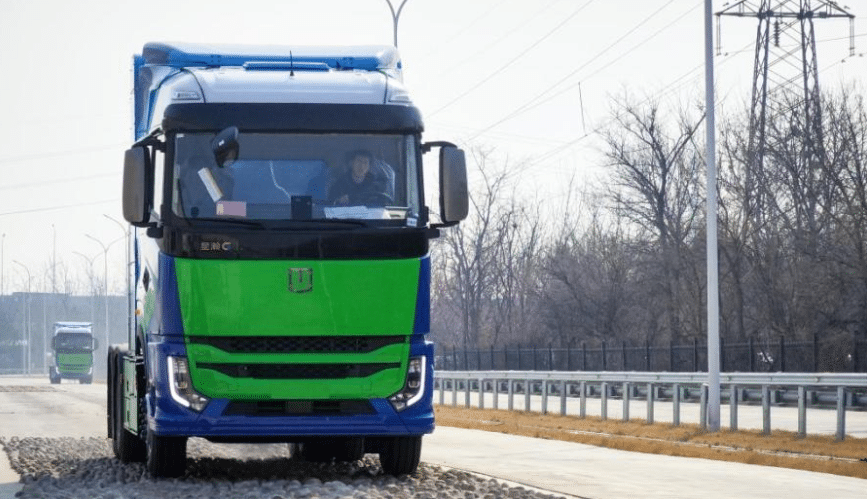China’s automotive landscape has taken a significant leap with the unveiling of its first batch of 200KW hydrogen-powered heavy trucks.
As the country ramps up its commitment to eco-friendly technologies, these vehicles stand at the forefront of efforts to reduce carbon emissions in the transportation sector. The debut of these trucks is a response to China’s aggressive carbon-neutral goal by 2060, and they showcase innovations that align with this trajectory.
According to industry data, the transportation sector accounts for approximately 29% of total carbon emissions in China, highlighting an urgent need for sustainable solutions. Hydrogen-powered vehicles present a viable alternative due to their zero tailpipe emissions, compared to traditional diesel-powered trucks. Yet, while promising, the challenges of hydrogen production and refueling infrastructure remain focal areas for scrutiny.
Current global trends in the hydrogen economy suggest a steady increase in investment and development. The International Energy Agency projects that hydrogen production will need to increase sixfold by 2050 to meet global energy demands sustainably. For China, whose logistics demand is amongst the highest globally, integrating heavy-duty hydrogen trucks into its fleet could significantly curtail emission rates. However, the feasibility hinges on the infrastructure development for hydrogen refueling stations, which is still in its nascent stages.
Potential hurdles also include the cost of hydrogen production. Currently, producing hydrogen via water electrolysis—a method considered environmentally friendly—remains expensive. As a result, only 4% of global hydrogen is produced using this method, with the remainder reliant on fossil fuels. To make the shift economically viable, China’s government has initiated subsidies and is investing in research to lower these costs, aiming for green hydrogen dominance in the long term.
Notably, the introduction of these hydrogen-powered trucks is not just a technical achievement but requires economic and policy support for broader adoption. The Chinese government has already outlined subsidies and incentives for regions that adopt hydrogen solutions, enticing manufacturers and fleet operators to consider this cleaner alternative. However, as of 2023, these incentives must expand and become part of a more cohesive policy strategy if the rollout is to achieve meaningful scale.
Stay updated on the latest in energy! Follow us on LinkedIn, Facebook, and X for real-time news and insights. Don’t miss out on exclusive interviews and webinars—subscribe to our YouTube channel today! Join our community and be part of the conversation shaping the future of energy.
